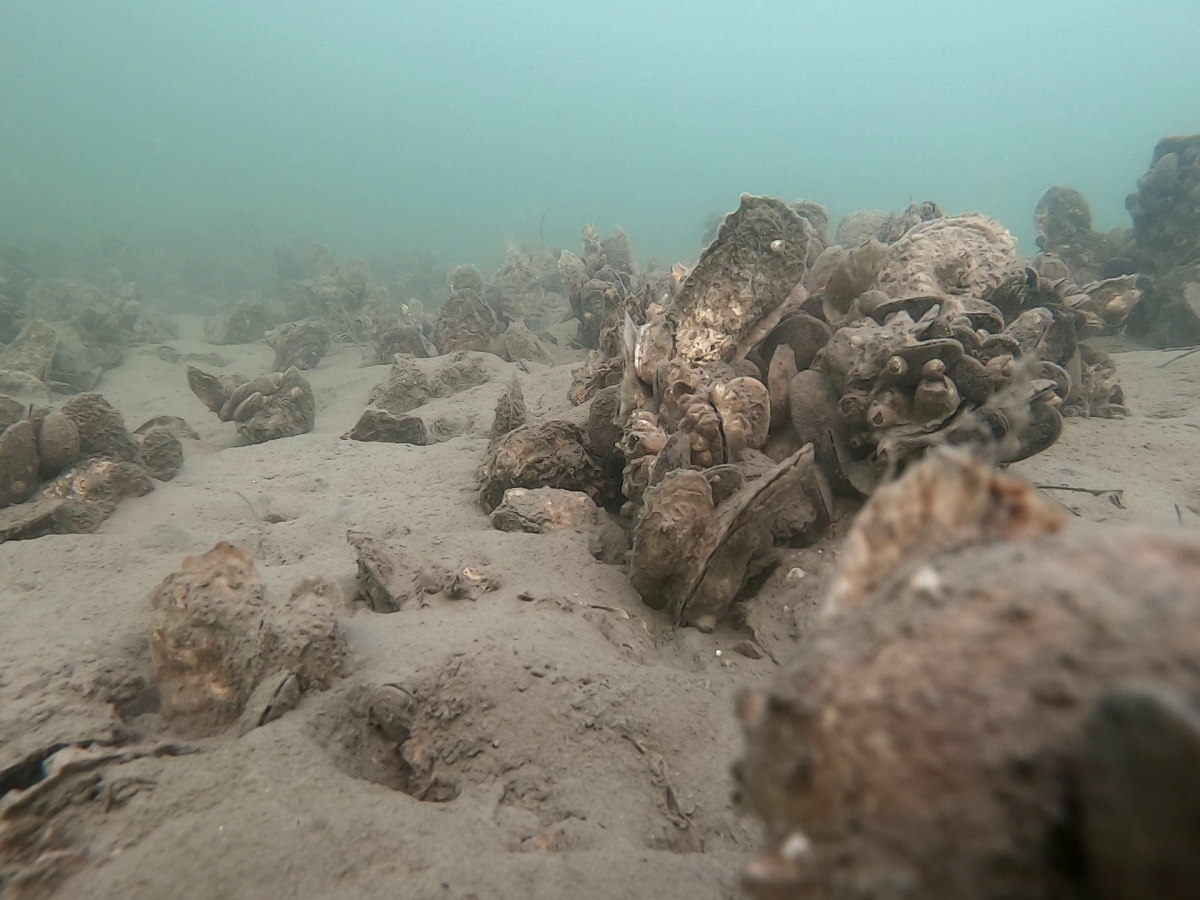1,000 Beetle Species Found on SERC Campus

Due to the government shutdown, we are temporarily closed. All programs and events are cancelled. Please check back for reopening updates.

Strategy Calls for Evidence-Based Protections, Stronger Information Pipeline and Greater Attention to Local and Indigenous Knowledge
Roughly 2 million species live in the world’s ocean. But scientists have only described a mere 10% of them. With extinctions on the rise and biodiversity threatened worldwide, many species are in danger of vanishing before researchers can identify them or fully grasp the benefits they provide.

Smithsonian Environmental Research Center (SERC) scientists are working to understand why some bacteria convert mercury in the environment to its most toxic form, methylmercury. Humans and animals regularly consume methylmercury because it is concentrated in the tissues of organisms as it moves up the food chain. Understanding more about the bacteria that produce this powerful neurotoxin, through a process known as mercury methylation, may provide clues to mitigating its risks.